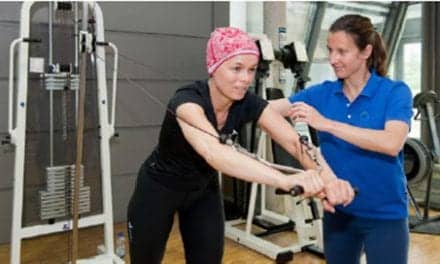According to a recent news release from Defense Video & Imaging Distribution System (DVIDS), there is a rising concern regarding musculoskeletal injuries affecting military members and costing the US Air Force approximately $1.5 billion annually. William Saultes, 92nd Aerospace Medicine Squadron health promotion program coordinator, explains that many factors play into what causes musculoskeletal injuries, including prior injuries.
“But, the most common injuries we see are lower back, hips, lower legs, knees, and ankles,” Saultes states in the release.
Lt Col Troy McGill, 92nd Medical Operations Squadron physical therapy flight commander, adds “Thirty to 40% of injuries the 92nd Medical Group sees people for are musculoskeletal injuries.”
The release notes that there are multiple resources available to squadrons or individuals at Fairchild Air Force Base that can help combat these injuries. The Health Promotions Office can assist squadrons with small-flight running clinics, Saultes says. During these clinics, Airmen’s movements are looked at to assess what is causing the problems and recommendations can then be made on how to improve their movement.
Physical therapy is also available on base.
McGill notes that going through a primary care manager can take a lot of time and may result in the patient not being seen for nearly 3 weeks postinjury. This is part of the reason, the release notes, why Fairchild has a walk-in physical therapy clinic available.
Beyond the running clinics and the walk-in clinic, McGill and Saultes both highlight their plans intended to move toward preventing injuries.
“We want to start a Human Performance Clinic. The program has been tried at Eglin Air Force Base, Florida and has shown a great success,” McGill says.
McGill, who the release says was part of the Human Performance Clinic at Eglin prior to arriving at Fairchild, adds that the clinic will be an all-encompassing clinic to focus on “prehabilitation,” rather than rehabilitation, to teach military members how to prevent injuries.
The program, McGill points out, has been shown to reduce profile rates and has reduced injury rates.
The ultimate goal is “to teach people how to use their body properly,” McGill notes.
[Source: Defense Video & Imaging Distribution System (DVIDS)]




